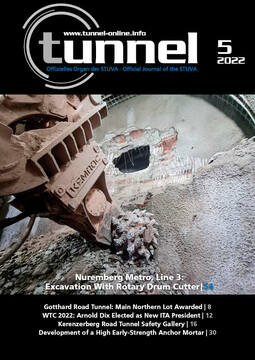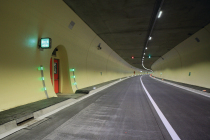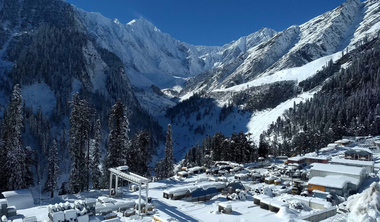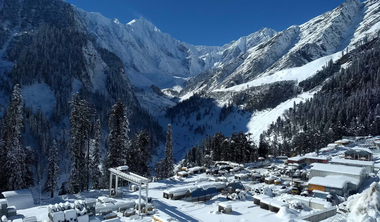Adaptation Lighting for Road Tunnels
When it comes to traffic safety in a tunnel, optimal lighting makes a big difference. To enable the human eye to adapt to the vastly different lighting conditions outside and inside, it’s essential that a lighting system be installed in the tunnel’s entry area that can meet this extreme challenge. And where this adaptation lighting should be optimally placed in terms of the lighting regulations can be calculated with suitable planning software. A light calculation can be used during the project planning phase to align the lighting system with local conditions.
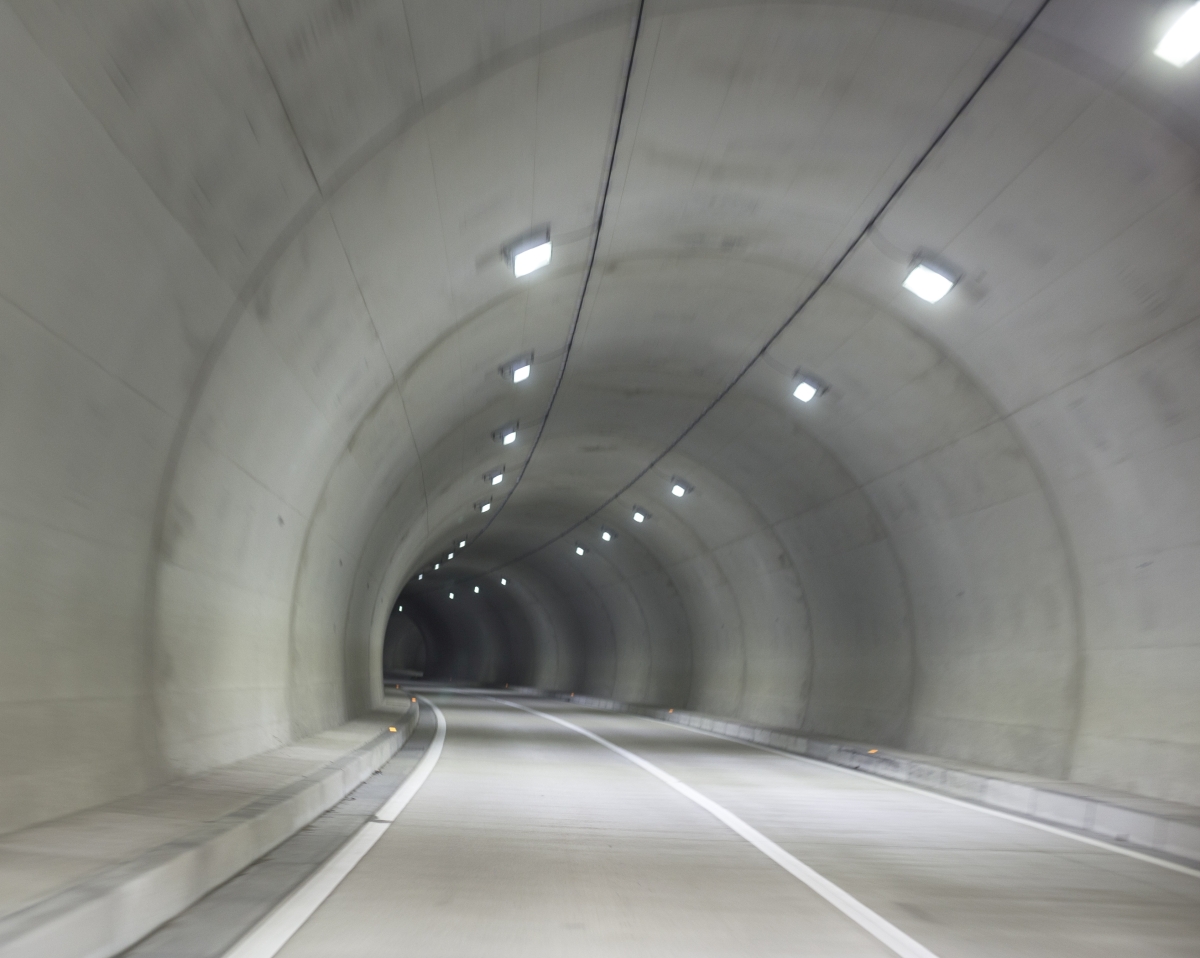
Planning a road tunnel represents a special case from the standpoint of light calculation software and the planning of lighting design. Although lighting equipment is usually planned for night-time operations, part of the illumination system in road tunnels – the adaptation lighting – must be planned to operate during the day.
The adaptation lighting’s job is to help the eye of the rapidly moving driver, which has adapted to the lighting situation outside, to adjust to the usually darker situation inside the tunnel. This is generally done by reducing the luminance level in the entry area in accordance with a procedure described in CIE 88:2004 used by most national directives.
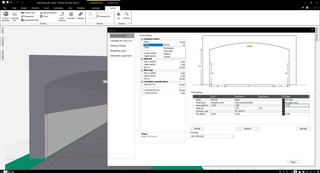 Light calculation in the ReluxDesktop software with the ReluxTunnel add-on
Light calculation in the ReluxDesktop software with the ReluxTunnel add-on
Credit/Quelle: Relux Informatik AG
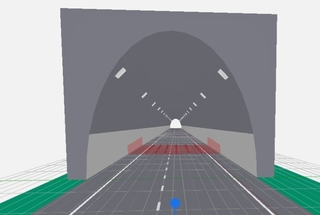 Planning of lighting design must be adapted to the different tunnel shapes
Planning of lighting design must be adapted to the different tunnel shapes
Credit/Quelle: Relux/istockphotos
This results in an unusual situation when using the planning tools and evaluating the quality features, since areas with varying luminance levels must be evaluated. The usual quality criteria for planning, that are set up to light an area evenly (such as the mean value, overall uniformity, and longitudinal uniformity), are not applicable under these conditions.
Compared with planning for open roads, the job for both, software and designer, is made even more difficult. The designer has to consider the influence of the tunnel walls, inconsistent spacing between luminaires, and long assessment areas. The length of the assessment area is determined by the borders of the available reflexion tables. To cover the longer areas in the tunnel, planning must be based on the principle of the “moving observer”.
Flexible Adaptation to Visibility Conditions
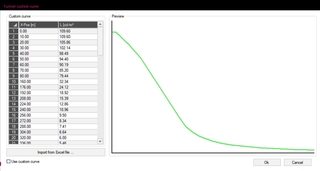 Individual luminance curve for calculating adaptation lighting
Individual luminance curve for calculating adaptation lighting
Credit/Quelle: Relux Informatik AG
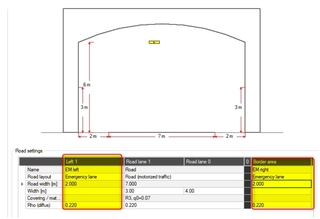 Border areas of the carriageway and variable lane width
Border areas of the carriageway and variable lane width
Credit/Quelle: Relux Informatik AG
To be energy efficient, such a system must also adapt flexibly to the respective visibility conditions, which are determined by the time of day and the weather. If lights are switched on and off in the various operating modes, it’s important for the planning software to be able to map, calculate, and depict these switching steps.
In addition to the requirements for the adaptation lighting, the planning must provide for the tunnel’s complete interior length to be illuminated both day and night. Here, constant luminance levels prevail, and the procedure is the same as for road planning. Border areas also have to be considered, such as side stripes or pedestrian and bicycle lanes. In the new ReluxTunnel version, any number of border areas can be arranged on both sides of the roadway.
Different National Directives
There is broad consensus about the general road planning regarding the procedure, and the quality criteria that apply in Europe according to EN13201 2-5. But when street tunnels are being planned, a number of national directives and requirements specified by the operator become relevant.
This poses particular challenges for both the designer and the planning software. A light calculation program that is suitable for tunnel planning must feature a broad spectrum of adjustment options to meet all the requirements. The ReluxTunnel supports the following national standards, among others:
DIN 67524-1/2:2019|2011
VSS 40 551 1-4:2019
UNI-11095:2021
Individual values can also be entered, and a calculation can be based on them.

